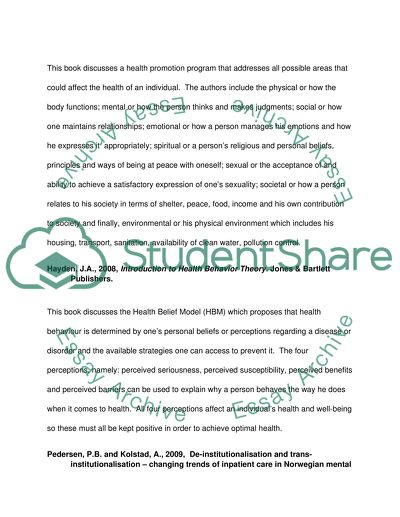Cite this document
(“Deinstitutionalization Capstone Project Research Paper”, n.d.)
Retrieved from https://studentshare.org/nursing/1457053-capstone-project-course-work
Retrieved from https://studentshare.org/nursing/1457053-capstone-project-course-work
(Deinstitutionalization Capstone Project Research Paper)
https://studentshare.org/nursing/1457053-capstone-project-course-work.
https://studentshare.org/nursing/1457053-capstone-project-course-work.
“Deinstitutionalization Capstone Project Research Paper”, n.d. https://studentshare.org/nursing/1457053-capstone-project-course-work.


